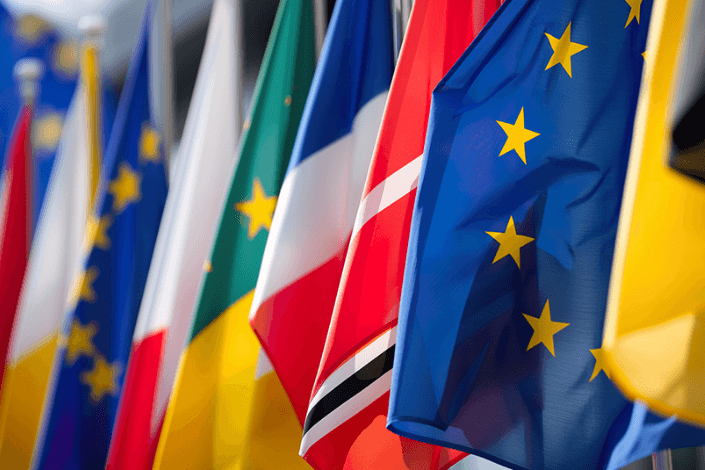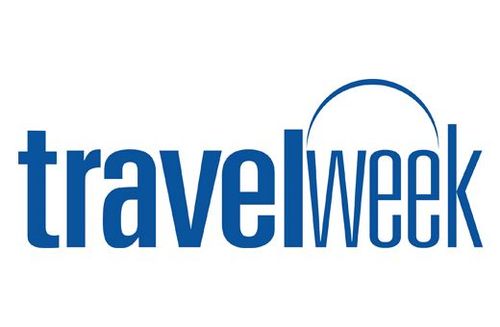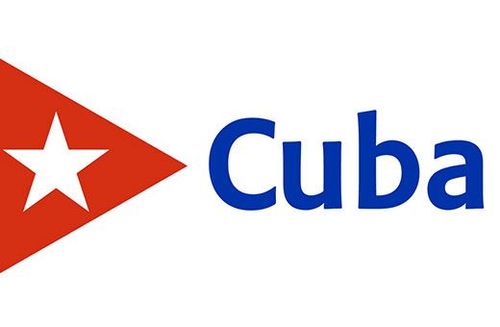Where travel agents earn, learn and save!
News / Here’s a primer for Europe’s Entry/Exit System (EES), and ETIAS, and what Canadian travellers need to know
Stay informed on EES and ETIAS changes to ensure smooth Europe vacation planning

EES, ETIAS … what do you need to know about these acronyms when your clients just want to enjoy their Europe vacation ASAP?
As reported earlier this month by media outlets including EuroNews, the EU’s Entry / Exit System (EES) is set to launch this November.
The EES will add another layer of security – and scanners – for non-EU travellers entering what’s known as the Schengen Area.
The 27 Schengen Area countries are Austria, Belgium, Croatia, Czechia, Denmark, Estonia, Finland, France, Germany, Greece, Hungary, Iceland, Italy, Latvia, Liechtenstein, Lithuania, Luxembourg, Malta, the Netherlands, Norway, Poland, Portugal, Slovakia, Slovenia, Spain, Sweden and Switzerland.
Automated barriers have been installed at the Schengen Area’s international land, maritime and air borders in anticipation of EES. The new protocol was originally slated to launch in 2022, but IT issues and more caused delays. Currently the EES launch date is Nov. 10.
Some travellers (and travel advisors) may be wondering about the connection between the EES and the ETIAS, which is the European Travel Information and Authorization System. At last word the latest of many delays for the ETIAS pegged its launch at spring 2025.
Travelweek reached out to Tourism Ireland’s Sandra Moffatt and Visit Flanders’ Marco Frank for more details on the EES and ETIAS.
Moffat is Chair and Frank is Vice Chair of the European Travel Commission’s (ETC’s) Canada Chapter.
More details on the entry/exit system (EES) …
“The only impact for Canadians travelling to Europe following the introduction of EES [this November] is that passport control officers will scan your fingerprints or take a photo of your face, if arriving at a border crossing for the first time. This information will be recorded in a digital file. Nothing is required in advance of travel,” Moffat told Travelweek.
Frank added: “EES … is primarily a system that runs in the ‘back-end’. Travellers won’t ‘interact’ with the system per se.” With EES, the system just records the traveller’s entry and exit and holds that information in a database.
There is one notable difference that travellers will no doubt notice once EES is up and running in November, though. In practical terms, “it replaces that passport stamp,” said Frank. “Passports of non-EU nationals will no longer be stamped with an entry or exit stamp. It is basically a more modern way to ‘see’ when you entered or left the EU/Schengen area, instead of depending on passport stamps.”
… and the etias
The EES and ETIAS are not the same thing. “The EES is the ‘technical’ pre-requisite for ETIAS. It is not a new name for ETIAS,” said Frank.
If EES is the back-end, then ETIAS is the front-end.
For travellers from Canada and many other countries, ETIAS will require a fee. ETIAS could be up and running some six months following the November launch of EES, says Frank.
He added: “Once EES is in place and up and running, the intention is for ETIAS to come into effect approximately six months later. ETIAS stands for European Travel Information and Authorization System [and] this is the ‘front-end’ of the overall new European system.”
Travellers who qualify for ETIAS, from 60 visa exempt countries (including Canada), will need to apply for an entry permit in advance of their trip, and pay 7 EUR. It will be valid for 3 years. “This is not a visa system,” says Frank. “The impact should be minimal as it will ‘just’ require a short time to complete the online ‘paperwork’ before you arrive and the payment of 7 EUR. The system in its core design is very similar to the US ESTA and the Canadian eTA.”
EES, ETIAS … what do you need to know about these acronyms when your clients just want to enjoy their Europe vacation ASAP?
As reported earlier this month by media outlets including EuroNews, the EU’s Entry / Exit System (EES) is set to launch this November.
The EES will add another layer of security – and scanners – for non-EU travellers entering what’s known as the Schengen Area.
The 27 Schengen Area countries are Austria, Belgium, Croatia, Czechia, Denmark, Estonia, Finland, France, Germany, Greece, Hungary, Iceland, Italy, Latvia, Liechtenstein, Lithuania, Luxembourg, Malta, the Netherlands, Norway, Poland, Portugal, Slovakia, Slovenia, Spain, Sweden and Switzerland.
Automated barriers have been installed at the Schengen Area’s international land, maritime and air borders in anticipation of EES. The new protocol was originally slated to launch in 2022, but IT issues and more caused delays. Currently the EES launch date is Nov. 10.
Some travellers (and travel advisors) may be wondering about the connection between the EES and the ETIAS, which is the European Travel Information and Authorization System. At last word the latest of many delays for the ETIAS pegged its launch at spring 2025.
Travelweek reached out to Tourism Ireland’s Sandra Moffatt and Visit Flanders’ Marco Frank for more details on the EES and ETIAS.
Moffat is Chair and Frank is Vice Chair of the European Travel Commission’s (ETC’s) Canada Chapter.
No doubt more information will be coming from the ETC in the months leading up to the ETIAS in particular, since that one requires the entry permit in advance of a trip, and the 7 EUR fee.
For now, more info on EES can be found here travel-europe.europa.eu, and more info on ETIAS can be found here travel-europe.europa.eu/etias.











